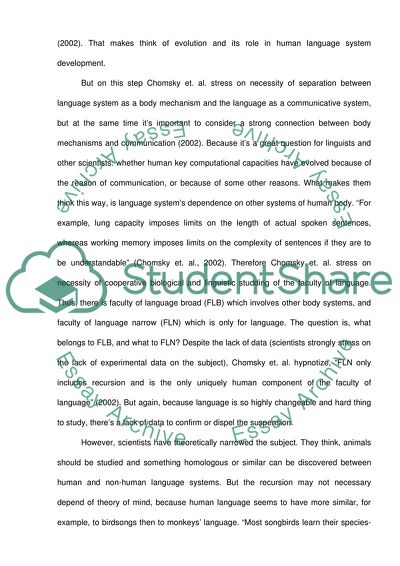Cite this document
(Recursion in Language Article Example | Topics and Well Written Essays - 1250 words, n.d.)
Recursion in Language Article Example | Topics and Well Written Essays - 1250 words. https://studentshare.org/english/1852846-critical-study
Recursion in Language Article Example | Topics and Well Written Essays - 1250 words. https://studentshare.org/english/1852846-critical-study
(Recursion in Language Article Example | Topics and Well Written Essays - 1250 Words)
Recursion in Language Article Example | Topics and Well Written Essays - 1250 Words. https://studentshare.org/english/1852846-critical-study.
Recursion in Language Article Example | Topics and Well Written Essays - 1250 Words. https://studentshare.org/english/1852846-critical-study.
“Recursion in Language Article Example | Topics and Well Written Essays - 1250 Words”. https://studentshare.org/english/1852846-critical-study.


